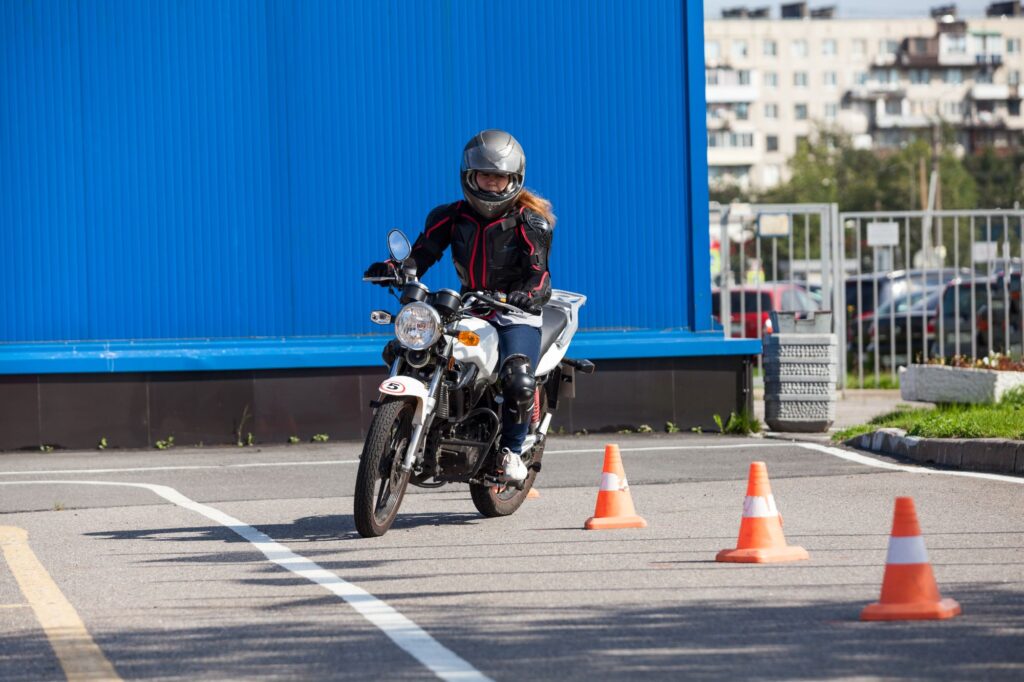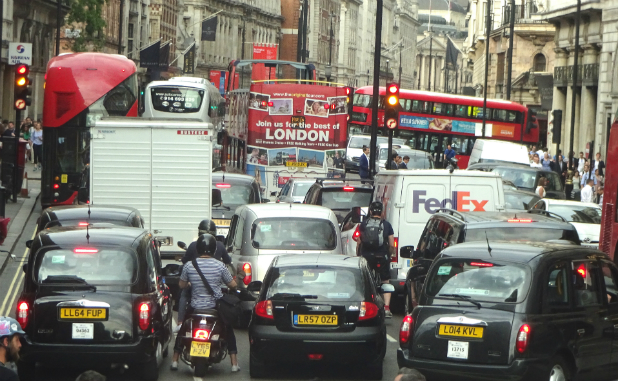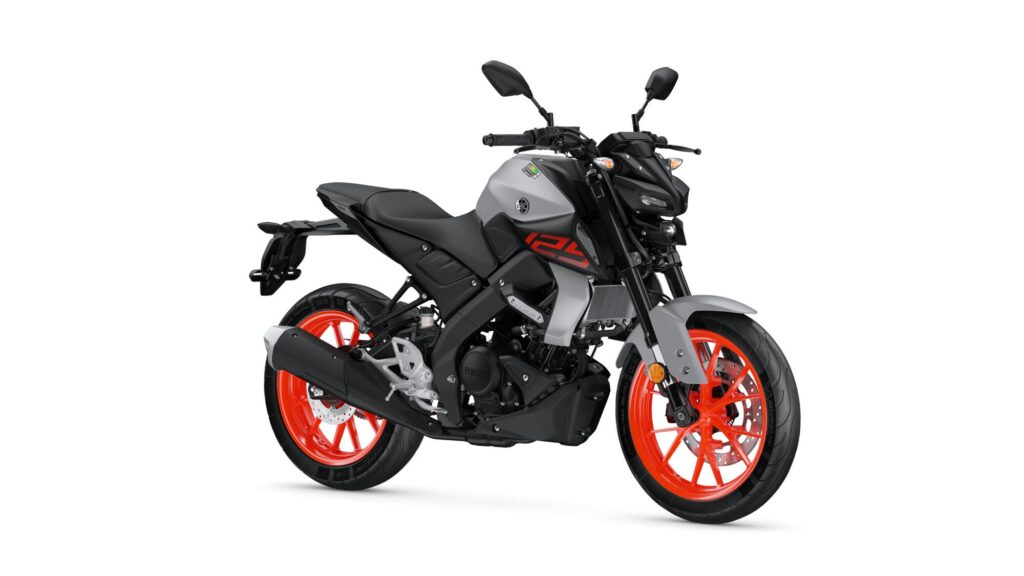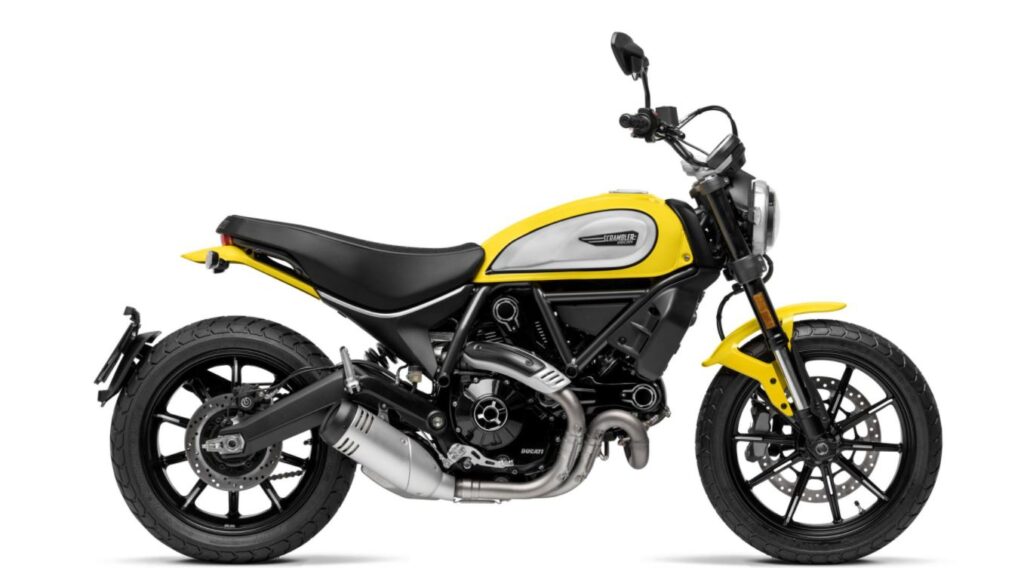
Knowing how to fix minor problems with your bike is a useful skill to learn, especially if you’re out on your travels. Of course, you’ll also need a selection of tools with you to fix things on the go, and keeping a kit on your bike is the best way to do this. In this blog, Bikesure takes a look at the tools you need and the kits you can buy.
Many manufacturers provide a small toolkit with their bikes, but there’s a good chance that they won’t be the highest quality so investing in a better one is a good idea.
If you’re a regular traveller of long distances, you’ll need a more comprehensive toolkit than if you’re mostly travelling around a town or city. If you’re going on a particularly long trek, some people advocate completely dismantling your bike and putting it back together before you set off, keeping track of all the tools you use to ensure you carry exactly what you need for all scenarios. Obviously you don’t need to be quite so thorough if you’re just commuting, but it pays to have a rough idea of what you’ll need to cover most common problems.
Spanners
The spanner is the foundation of any toolkit, so you’ll want to be carrying a selection of high-quality spanners, possibly even doubling up on a couple of sizes, so you’re prepared for situations where you’d need to undo an axle bolt, for example. While a socket set will take up less room, a few combination spanners will help to cover any eventualities.
Allen keys
These are definitely one of the top culprits for cheap versions being included in the stock kit, so getting a reliable set should be a priority. You can get sets with large handles that are easier to operate. However, be warned that they will take up more room, so you might need to take only the most useful ones in this form and make do with the standard set for anything else.
Screwdrivers
The requirements for decent screwdrivers are a little more involved. Firstly, get a set with hardened tips to help reduce the chances of it stripping the heads off the screws. The thinner the shaft is, the easier it’ll be to reach any awkward corners. Magnetic ends? Also vital. And if you can find one with everything and a rubber handle for extra grip, you will have found yourself the perfect screwdriver.
Pliers

You’ll also need a couple of pairs of pliers. A good pair of flat-nosed pliers could replace the need for doubling up on some spanners, while needle-nosed pliers will make a good combination with the thin screwdrivers for the more fiddly bits of bike surgery. Good rubber grips are also a must.
Tyre repair
This is probably one of the biggest jobs you’ll need to be doing away from home, so ensuring you have everything you need is vital. As with bicycles you can usually find complete repair kits that sometimes include a few tools, however, as with the manufacturer’s own offerings, they might not be the highest quality.
The most important tools for tyre repairs are a good set of levers – these should be metal. You’ll also need rim protectors to reduce the chance of further damage while you’re removing the tyre.
Obviously, patches and sealant are vital, and you’ll also need a way to reinflate the tyre.
The simplest and also smallest method is to carry a few canisters of CO2, but there are also compact bike pumps that can do the job in a pinch. Electric compressors might tempt you but they’re just another thing to remember to keep charged, and cheap gadgets like this have a tendency to break just when you need them most.
Pressure gauge
This is a good thing to have on you anyway, but particularly after a tyre repair. Whether you get an analogue or a digital one, make sure it comes with a hose to make it easier to attach to the valve.
Spares
Keeping a few extra vital bits and bobs is a good idea. The most important ones are fuses, lightbulbs and chain links, plus sparkplugs if you’ve got the room.
Throttle and brake cables
Replacing broken cables would require carrying a selection of wires, cables and connectors. Luckily, there are dedicated kits containing everything you need for emergency repairs, which is easier than hunting down the components individually.
Miscellaneous

Obviously your toolkit will evolve over time as you figure out what’s useful. Aside from tools, there’s lots of other stuff that will come in handy. Disposable gloves are probably the best addition as these will stop you getting covered in oil and grease. Duct tape is also incredibly useful, and a good torch will make everything immeasurably easier if you break down in the dark.
Putting it all together
The final part of the equation is how to keep all the tools in one place. A tool roll is a great way of doing this, and there’s a wide range of products available. If you want to splash out, there are some lovely leather rolls out there. However, there’s no real need to go wild if it’s going to spend most of its time in the under-seat storage space.
Do you have any top tool tips or secret weapons for roadside repair? If so, let us know on Facebook or Twitter! And as a specialist bike insurance broker, we offer affordable motorbike insurance, scooter insurance, and more. Find our best rates by giving us a call on 0330 123 1028.





